Is It Better To Have More Pistons In Your Brake Calipers?

Brake calipers come in a lot of different sizes and styles but they all do the same thing. They push friction material – that’s the brake pads, to you and me – into the spinning brake disc, slowing the rotational speed of both the disc and the wheel it’s attached to.
Here’s a bit of context. The most common type of brake caliper uses just one piston in what’s called a ‘floating’ setup. The brake pedal presses fluid down either rubber or braided brake lines and into a cylinder inside the caliper, where it pushes the brake piston out and onto the disc.
That’s one side covered, but floating calipers can move inboard slightly when that first pad strikes the disc. The first pad’s contact effectively then pulls the other pad onto the opposite side of the disc, creating the necessary grip to haul your speed down as far as needed. Lift off the brake and everything returns to normal.
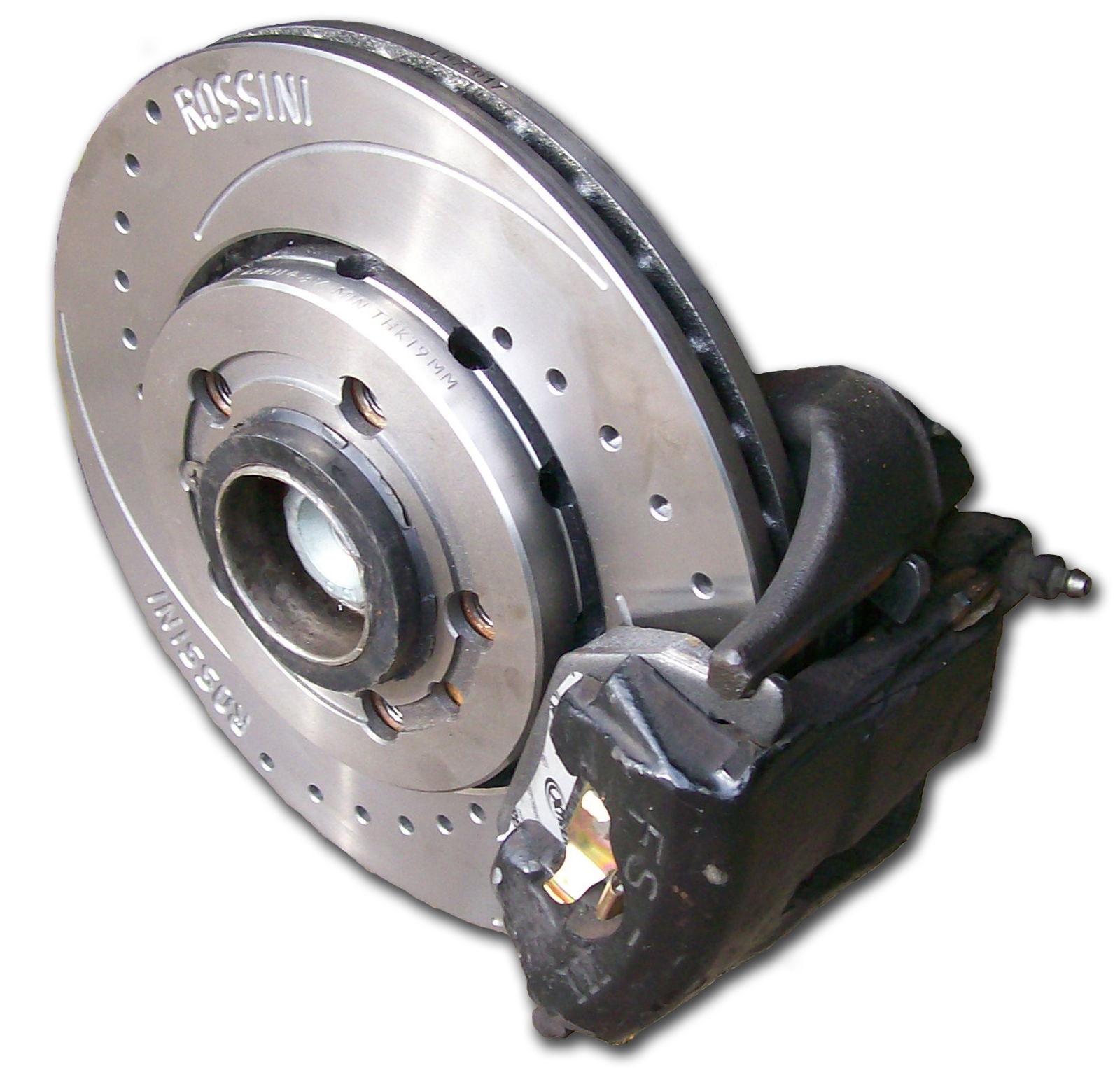
This kind of setup works just fine for ‘normal’ cars and warmed-up hatchbacks, provided it’s lubricated and maintained properly. For everyday driving there’s no real reason to upgrade, other than for aesthetics. But better systems exist, for where there’s a demand. Heavier and/or faster cars need brakes that can handle more heat, more often, and deliver even more force to a disc with even more control at the brake pedal. That’s what multi-cylinder brake calipers are for.
As well as twin-piston floating calipers that work in the same way as above, you can get twin-piston fixed items that feature a piston on both sides of the disc, squeezing equally and – the theory goes – offering a greater feel of control at the bite point. On top of that there’s potential for more initial bite and more even wear because both pads should make contact with the disc at the same time. A twin-opposed-piston setup works really well for racy but still lightweight cars.
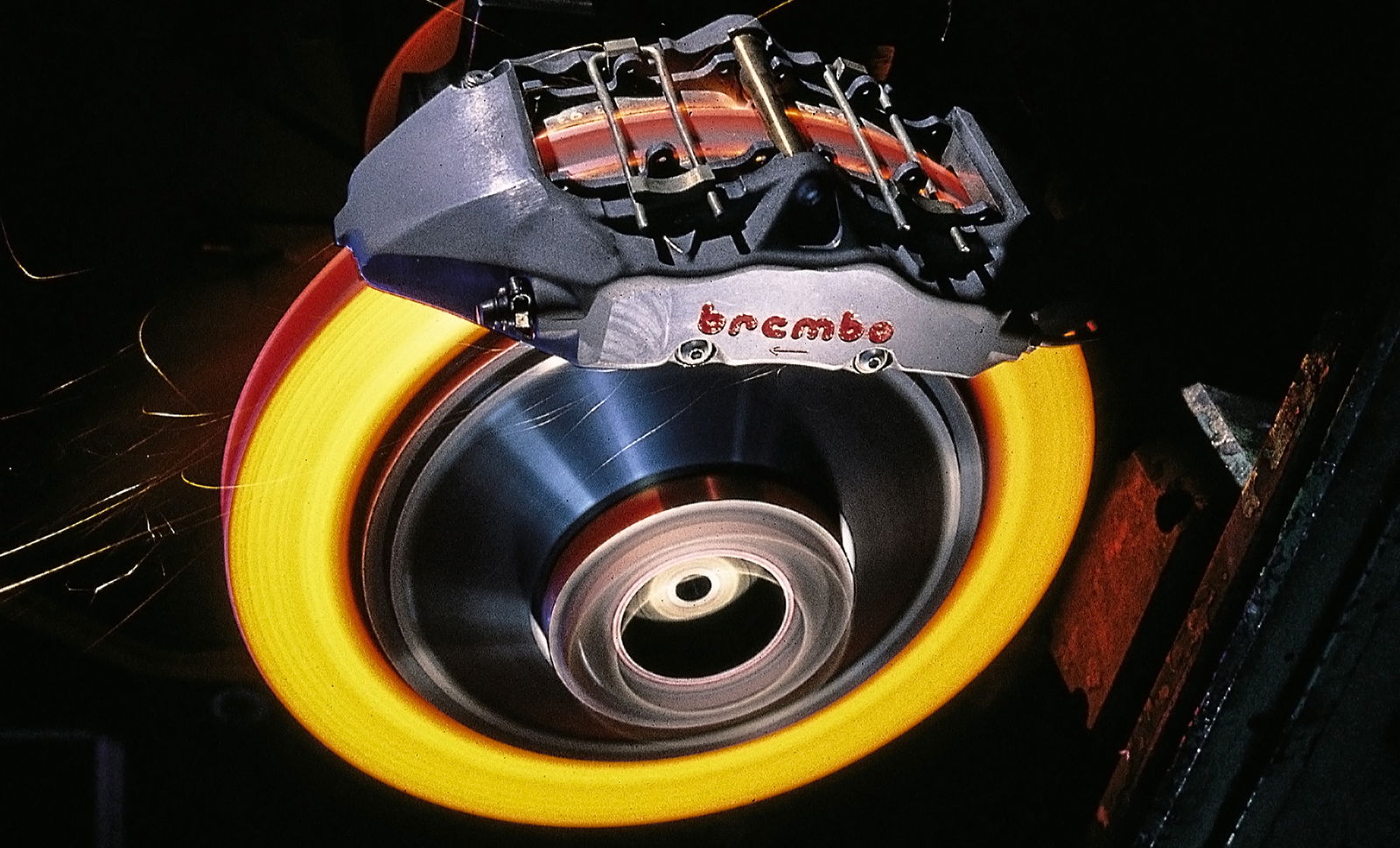
With more speed or weight comes the need for even better brakes. Sports cars need a wholesale upgrade with larger brake discs as well as more brake caliper pistons. Reason one is for heat management. All that extra speed and weight creates much more heat at the pads, and excess heat is the brake system’s nemesis.
Larger calipers with more pistons have larger brake pads, which resist temperature build-up better than smaller ones made of the same material. Larger rotors also shed more heat from their greater surface areas.
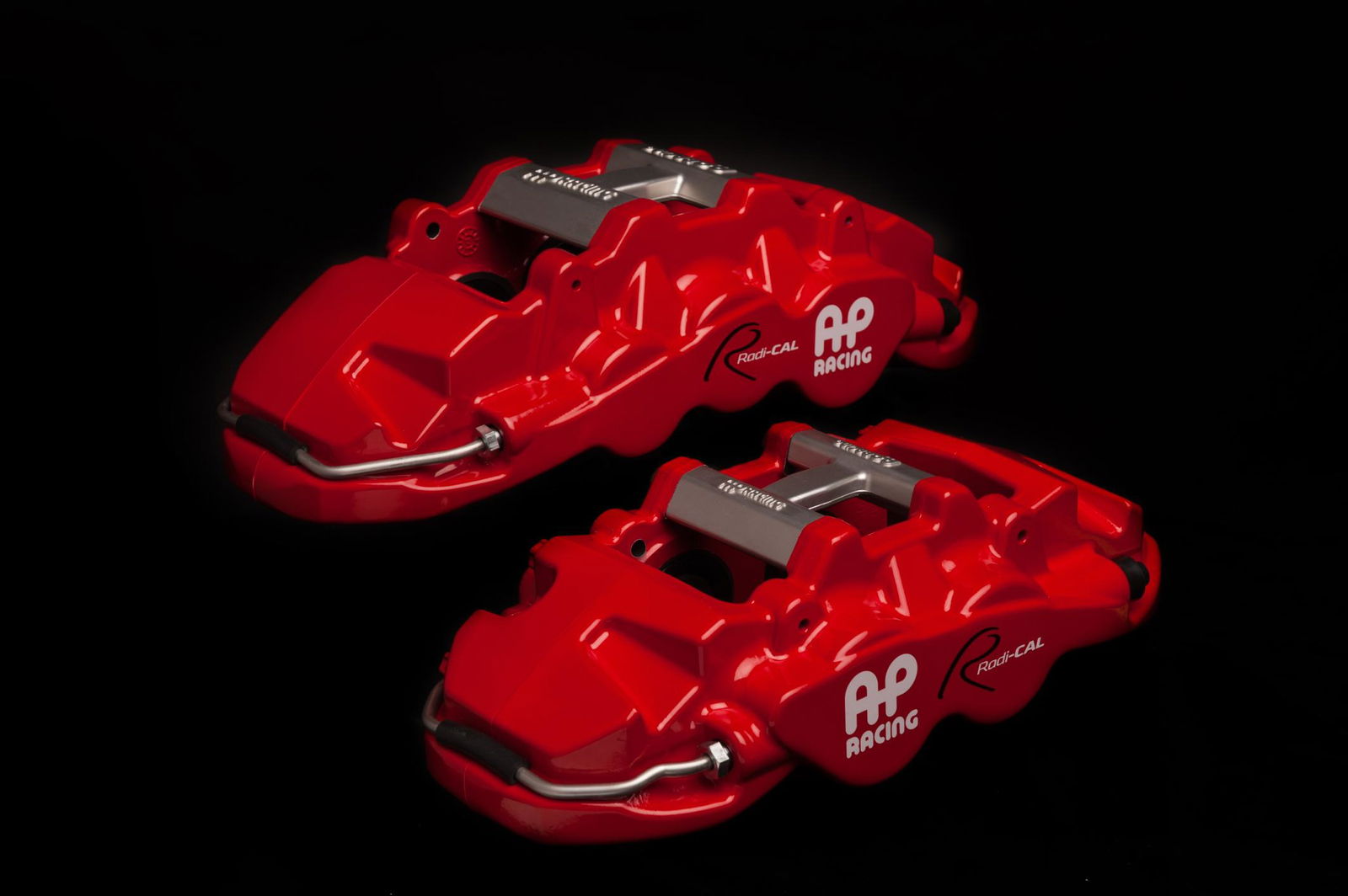
Reason number two is that a four-piston caliper, with two sets of opposed pistons, can be set up to squeeze the front two pistons slightly before the rear pair, which gives more modulation and feel to a good driver; useful for wet roads. The more gradual force input at the bite point can also be less destabilising if you have to brake mid-corner, although much of that comes down to specific setup.
Reason number three why multi-piston brakes are better is the simplest. More pistons equal more force. You already know there’s more friction material in a bigger pad, but more of it is being pressed against the disc at full strength. In short, multi-piston calipers can stop you faster on the road and let you brake later on track – but only if your tyres have enough grip.
Of course, larger pads are way more expensive to replace and the best brake upgrades can cost an arm and a leg to begin with, so the investment is one to consider carefully.
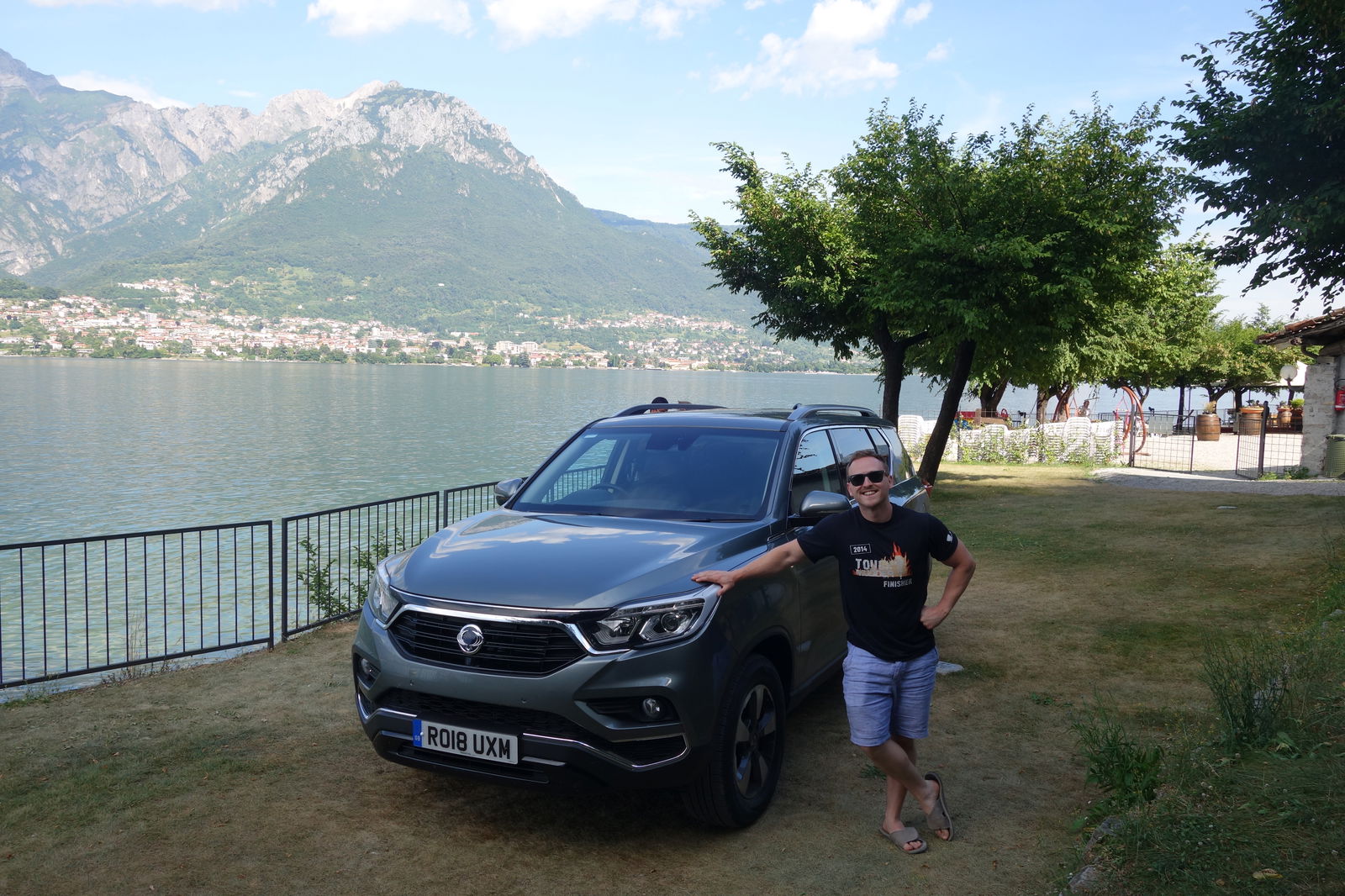
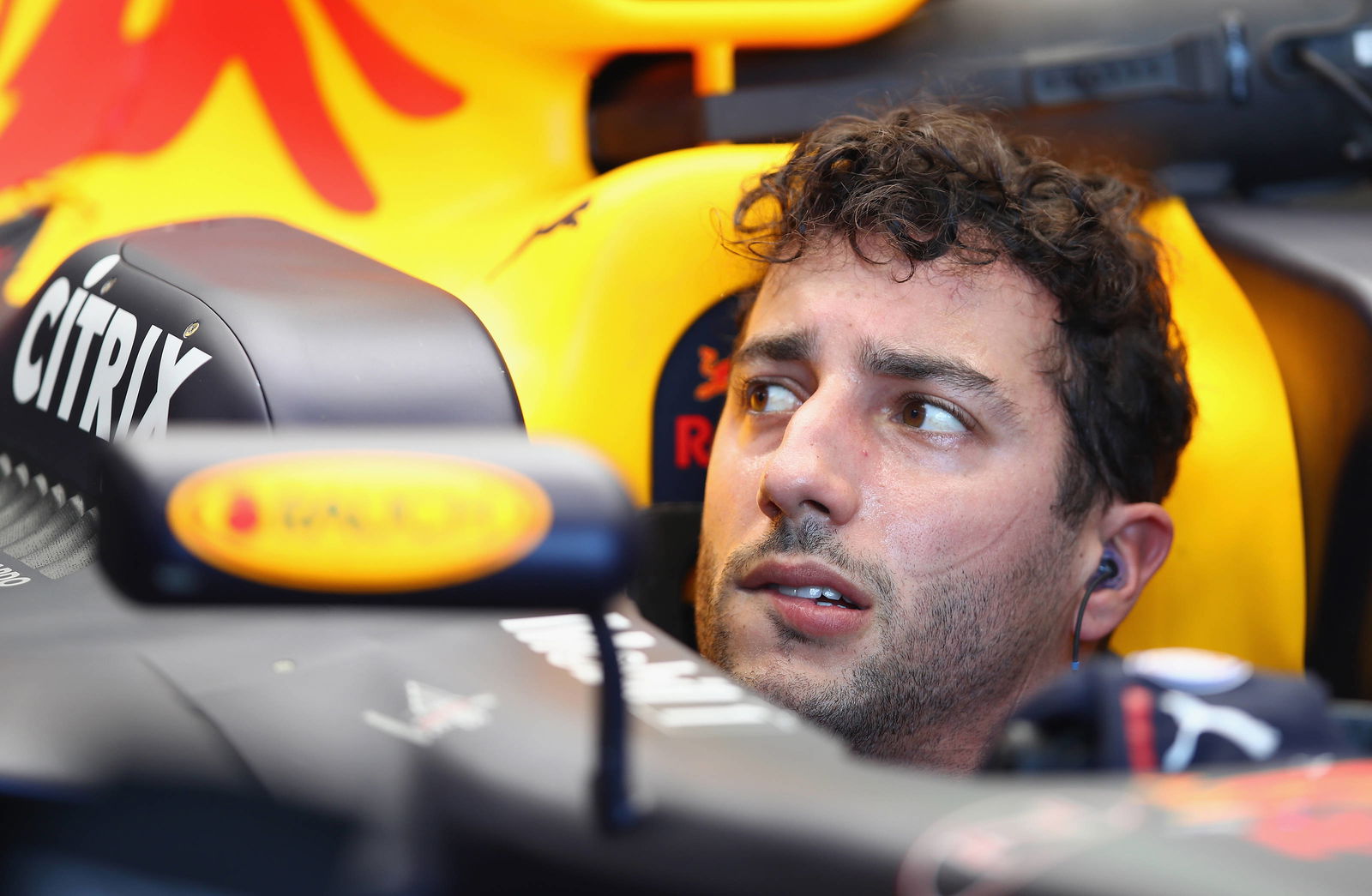
Comments
I love these! Keep them going! I’d love to hear more about everything, from sway bars, to aftermarket spoilers, to intercoolers, to seats! Everything
Thank you Matt for posting such interesting content. You are one of the last who post articles.
This serie of “how it works” is very interesting. Keep it up !
Maybe we should add more (maybe obvious) point about upgrading to larger pads (and caliper), that standard rims might have no room for it. It will add more investment to rims (and possibly tires) too.
I have to go against the last point. Big brake upgrades won’t stop you sooner that a normal set up. There designed to do it more efficiently and constantly.
If normal brakes lock up the tires, bigger brakes will only do it sooner and it applies great braking torque. And in most cases (with aftermarket upgrades) the bbk triggers the abs sensor long before the wheel is near locking up as the system isn’t calibrated to the to the difference in pressures by the new brakes.
you really wanna reduce your stoppin distance? invest in new tires first. Locking up bald tires doesn’t stop you any sooner.
Reason #3 is wrong. Force is Mass times Acceleration. More piston only give you better force distribution on larger pads. It does not give you more force.
Conservation law of energy: You applied the same amount of force on your foot, the same amount of force translate to all 4 brake lines (4 wheels), then get distributed into individual piston. Unless you have extra pump, the system simply only use the force from your foot more efficiently.
Please learn your physic.
What a load of bollocks.
4 piston calipers are usually setup to give more force to the REAR piston pair, not the front, this is to counteract the self-servoing effect of the leading edge digging in, resulting in more even pad wear and more consistant pedal feel.
6 piston calipers take this further by giving a triangulated plane acting against the backing plate - this is why calipers with more than 6 pistons are largely just superfluous bling, not race calipers. The downside is for a given size/force, etc, 6 piston calipers always end up less stiff than a 4 piston caliper, so outside of endurance racing 4 piston units are much more common.
Force is piston area dependent, you don’t need more pistons for more force, you just need a bigger one.
So we not gonna mention the Porsche Panamera with TEN PISTON front brakes?